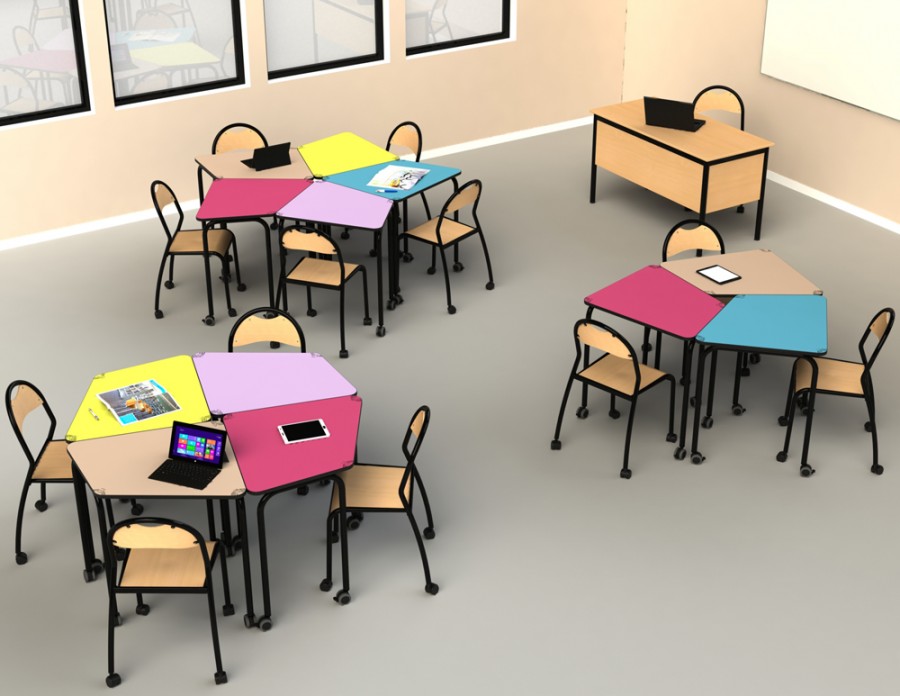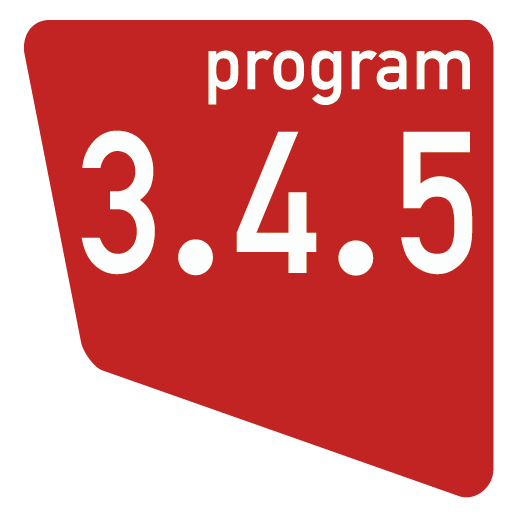Pupil well-being and ergonomics are today central considerations within schools when it comes to organising a classroom. What is the ideal layout for the furniture? What type of furniture would be best suited for the pupil to work differently? How can we find layouts that break with the norm? All these questions have emerged at a time when new teaching methods are forcing institutions to radically revamp the ergonomics of their “classroom environment”. Focus on the importance of thinking carefully about the layout of classrooms.

The modular classroom environment
The new educational system immediately offers the school the opportunity to renew its fleet of ageing school furniture. But, above all, this innovation allows it to revamp the ergonomics of classrooms as a whole. The traditional classroom, where only the teacher can be face to face with the pupils, becomes a classroom environment, a place of creative, evolutionary and non-formal learning. It is equipped with a new generation of modular materials that can stimulate learning, and where each pupil has the opportunity to debate, dialogue, help each other, etc.
The configuration of this classroom environment becomes easy and accessible at will, depending on the activities that are organised there. However, it is completely compatible with new approaches to teaching. Better still, group work is encouraged and increasingly simplified.
New flexible furniture to create the classroom environment

The new types of modular and ergonomic furniture facilitate the mobility of pupils and allow considerable space saving. They make it possible to meet all the uses required by each discipline, thanks to a plethora of possible compositions and layouts.
Modular table, table on casters, swivel chair with tray, stackable chair on casters, etc. Many pieces of modular furniture now come with this mobility in mind. In addition, their designs have been overhauled to promote the modular character of the classroom environment.
The 3.4.5 program for a remodelling of the classroom environment
Fostering mutual aid, bringing a new breath of fresh air to the teacher’s daily life, re-engaging pupils, testing new layouts… are among the many approaches that can justify the choice of modular furniture solutions.
>
Depending on the ultimate aims, the 3.4.5 program offers a new approach for the classroom of tomorrow. It caters for multiple teaching practices. The shape of the furniture makes it possible to create different configurations within the classroom space, promoting a diversity of teaching methods. Tables 3.4.5 are used in a linear way, can be grouped by 3, 4, 5 or even more. They are perfectly suited to create coherent groups and adapt to the teaching method put in place.
Guides are marked on the tabletops to facilitate any rapid change in configuration. Program 3.4.5 adapts to all learning situations, and takes into account the strong interactions between pupils or groups.
